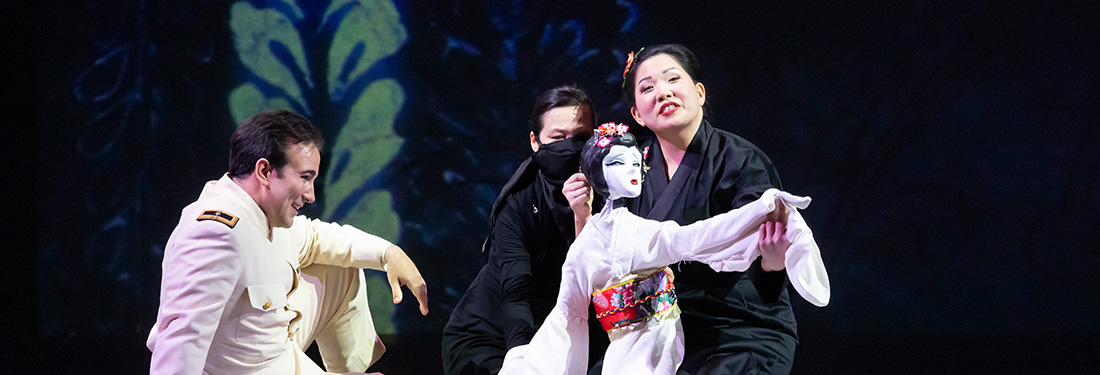
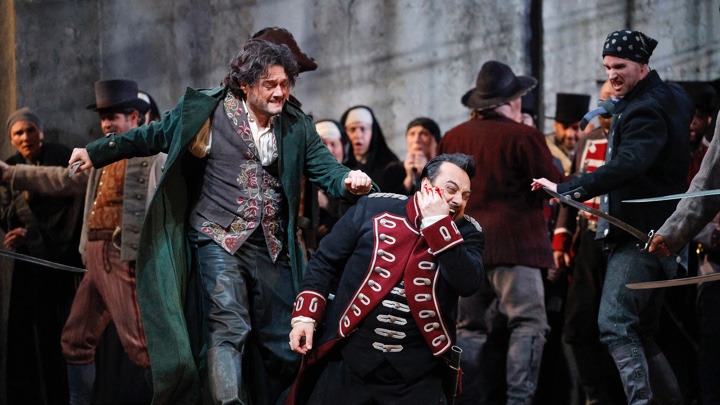
Il Trovatore, one of the three peaks of Verdi’s “middle period” (with Rigoletto and La Traviata), requires almost no introduction as it proves to be one of Verdi’s most resounding successes ever since its premiere in Roma in 1853. With an Italian libretto largely by Salvadore Cammarano (who passed away in the process), it was based on Spanish writer Antonio García Gutiérrez’s famous play El trovador.
Though the work has been ridiculed for its convoluted and implausible plot, Verdi’s nonstop melodic inventions and forward momentum have proven to be irresistible for opera audiences and the opera becomes a staple of the standard operatic repertoire.
One little -nown fact about it was that Verdi always intended the opera to have two feminine roles, so much so that in his first letter to Cammarano he said, “The first, the gypsy, a woman of unusual character after whom I want to name the opera.” Furthermore, after Cammarano’s death, he also expanded the role of Leonora in the last act, creating an extensive tour-de-force moment for any sopranos singing the role.
Similarly, McVicar’s familiar staging, a co-production with Lyric Opera of Chicago and the Metropolitan Opera that was first presented in Chicago in 2006 and subsequently travelled to NYC and San Francisco three years later, needed no introduction as it was revived multiple times on both locations (this was the first SF revival), even including a Blu-ray release.
Acclaimed for its efficiency (largely due to Charles Edwards’ towering set of early 19th century Spain mounted on a turntable) to present nonstop action, the production was effective in pressing the narrative forward fluidly while sidestepping the questionable portions of the story (no burning witches here!), despite the rather nondescript costumes by Brigitte Reiffenstuel and McVicar’s mixed feelings towards the piece.
On Sunday, the revival staged by Roy Rallo retained its freshness and effectiveness; if anything, Rallo dialed down the (in)famously gratuitous beefcake display during the “Anvil Chorus”. In a way, the staging matched the excitingly brisk tempi selected by San Francisco Opera Music Director Eun Sun Kim.
She managed to coax the Orchestra into a reading full of clarity and vitality, moving the story along without overindulging the famous bits (easy to do in a score chock-full of hits like this one!) Nevertheless, she conjured expressive solemnity in the quiet passages of the score, particularly in Leonora’s extended scenes in the last act. The SF Opera Chorus, led by John Keene, provided a sonorous and wholesome take as both sides of Count di Luna’s guards and Manrico’s rebel forces.
As mentioned above, the role of Azucena was integral to Verdi in this opera, and it was important to note that Verdi’s own mother passed away before he embarked on Il Trovatore, resulting the opera being pretty much the only work in his oeuvre where Verdi explored maternal relationships. Ekaterina Semenchuk, a late substitution for indisposed Anita Rachvelishvili, fully embodied this motherly instinct in her personification of the role and especially in her voice, a different take of the deranged/delusional woman that the role was usually performed.
Semenchuk’s voice sounded particularly effortless and round, with glorious (often-omitted) high C to boot in her duet with Manrico in Act 2. This was truly a perfect season opener for Semenchuk, whose crazy schedule this season would include roles ranging from Amneris (Deutsche Oper Berlin) and Eboli (La Scala) to Abigaille (Deutsche Oper) to Turandot (Liceu)!
With his booming voice, the debuting Romanian baritone George Petean made a commanding presence as Count di Luna. Personally, I felt that there were many ways to interpret the role of Count di Luna, ranging from the amorous suitor for Leonora or the worried brother looking for the lost sibling to simply the pure evil Count desperate to kill. Petean’s personification of the role lay squarely in the latter, creating a rather one-dimensional character and somewhat undermined the ending of the opera.
After all, if the Count were pure evil, it really didn’t matter to him if he killed his rival or his own brother! Only during the aria “Il balen del suo sorriso” in Act Two Petean showed a glimpse of the other side of the Count with his varying colors and emotions. In the same vein, bass Robert Pomakov presented a brutish Ferrando, the Count’s captain.
On the other hand, Arturo Chacón-Cruz offered a fresh perspective of the role Manrico, leader of the rebel forces, with his highly intelligent reading as a man torn by politics and family (particularly his mom), not merely just a rogue bandit. However, on Sunday at times he sounded like he forced himself too much, and when he did that, the voice turned grainy and lost its expressiveness.
He also often disappeared during the big chorus numbers, a truly unfortunate occasion especially since his “Di quella pira” were marked with fiery determination and he was heartbreaking in the duet scenes with Azucena! Current Adler Fellows Edward Graves and Mikayla Sager rounded out the cast with their efficient takes as Ruiz and Inez respectively.
Nevertheless, last Sunday performance truly belonged to Angel Blue, who performed the role of Leonora for the first time (she was supposed to open Los Angeles Opera’s 20-21 Season with the role that got canceled due to a certain pandemic). Blue brought glamour and sensitivity in her voice to her personification, befitting Leonora’s status as a noblewoman.
Nowhere were those prominent qualities better demonstrated than during the double arias “Tacea la note… Di tale amor” in the first act, where Blue followed the dramatic reading of the slow mov ement with the fearless coloratura of the cabaletta.
All hell broke loose with her extended scenes in the final act, where she combined intelligence, beautiful pianissimi, fear, regret and love into a fully integrated display of a woman ready to give up everything for the man she loved. Her “D’amor sull’ali rosee” was particularly heart-wrenching and especially a highlight!
Il Trovatore proved to be an auspicious start for San Francisco Opera’s 101 Season, and I am certainly looking forward to the rest of the Season. I was scheduled to attend SF Opera Opening Night Gala Concert on Friday September 8, but unfortunately a certain annoying disease prevented me from doing so. However, I did attend the livestream broadcast on that day in its entirety.
Unfortunately, seen as a livestream, the Gala Concert, which featured the husband-and-wife power couple of tenor Roberto Alagna (in his SF Opera debut) and soprano Aleksandra Kurzak, proved to be a rather ho-hum affair, blighted by technical video issues.
The livestream opened beautifully with the video presentation that prominently featured SF Opera’s commitment to produce “Opera for All” during the first 100 years, highlighting SF Opera’s great works in producing both Opera in the Park and Opera at the Ballpark, plus last Spring “Bohème Out of the Box” initiative, which provided Bay Area residents with free staged excerpts of Giacomo Puccini’s La bohème.
The video also presented SF Opera’s efforts in Diversity, Equity and Community department, with commission works ranging from Dream of the Red Chamber to last summer blockbuster El ultimo sueño de Frida y Diego.
Nevertheless, the biggest problem of the livestream was the lighting, resulting the whole concert looking excessively dark and there was not enough spotlight highlighting the two stars, the Chorus, or even SF Opera General Director Matthew Shilvock who acted as the MC. In addition, it didn’t help that the stage was left completely bare, except for the Concert Shell (first reported in the Opening Night Concert two years ago) and bleacher-like terraced steps for the Chorus. I wish they could have used the aforementioned video screen to somehow show a picture of an Italian church during “Regina coeli” from Cavalleria rusticana or Scarpia’s apartment in the Palazzo Farnese for “Vissi d’Arte” from Tosca.
Furthermore, the bare stage caused the camera to focus more on close-ups, both for the stars and the Chorus. It didn’t help that Kurzak was dressed in black-and-gold sleeveless gown and Alagna in a maroon suit, both of which didn’t reflect well with the minimal lightings. Even further, the close-ups highlighted the over-reliance of the Chorus members to the score, even during The Star-Spangled Banner or “Brindisi!”
Lastly, the decision to fill the first half of the intermission-less program with dramatic arias and duets one after another was rather unfortunate, especially as the jovial duo felt so much more at ease and playful during the second part that was filled with popular songs (including a heartfelt one by Alagna’s brother, David Alagna’s “Libertà.”)
I hope San Francisco Opera would consider improving its broadcast livestream for future Gala Concerts, as I truly believe they can do so much better than the presentation on September 8. Alternatively, maybe it’s time to bring back Opera as Opening Night?
Photos: Cory Weaver/San Francisco Opera

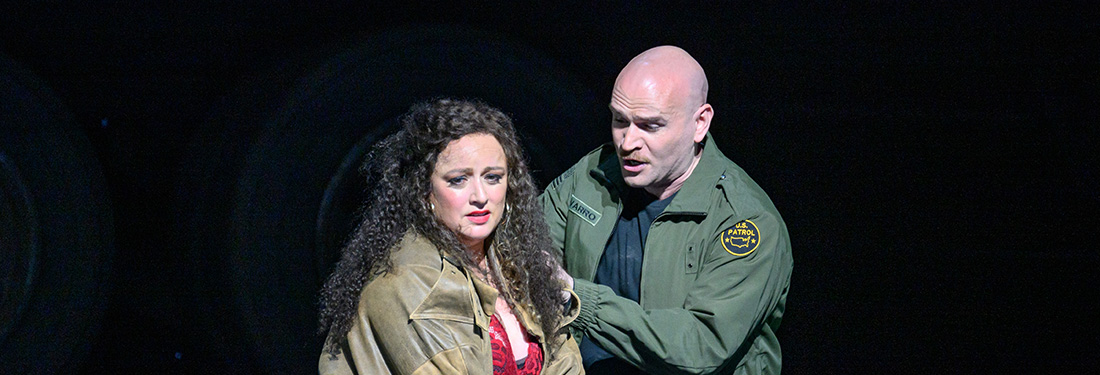
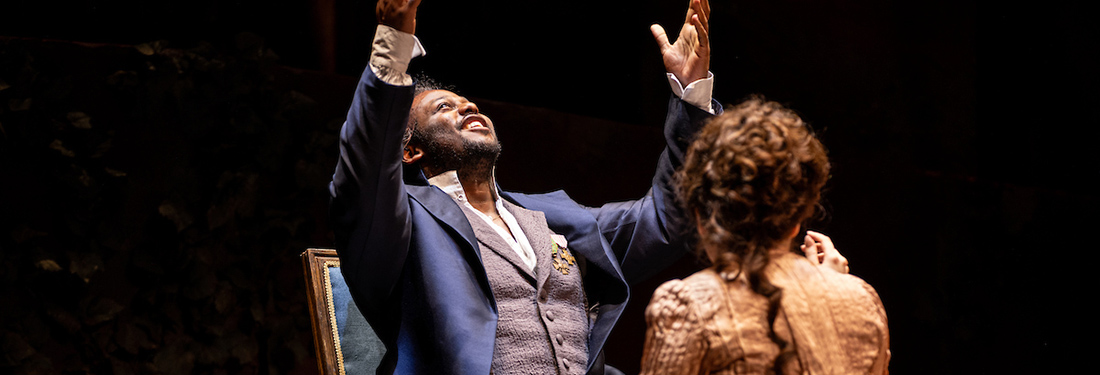
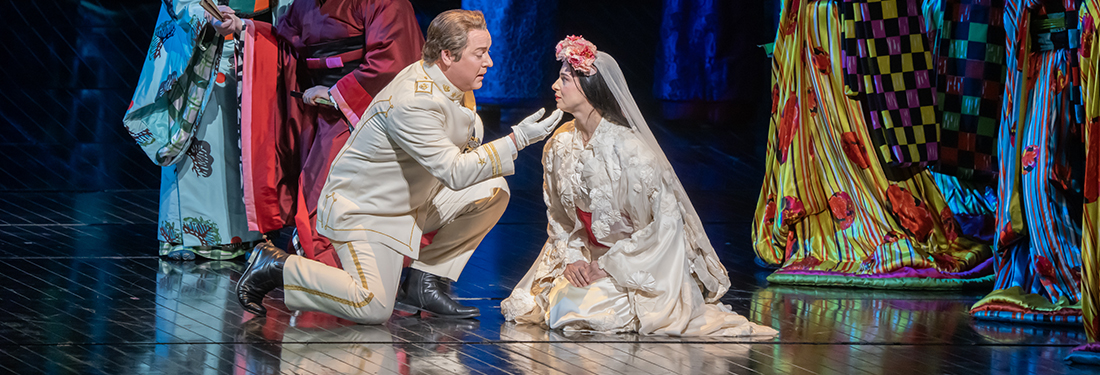
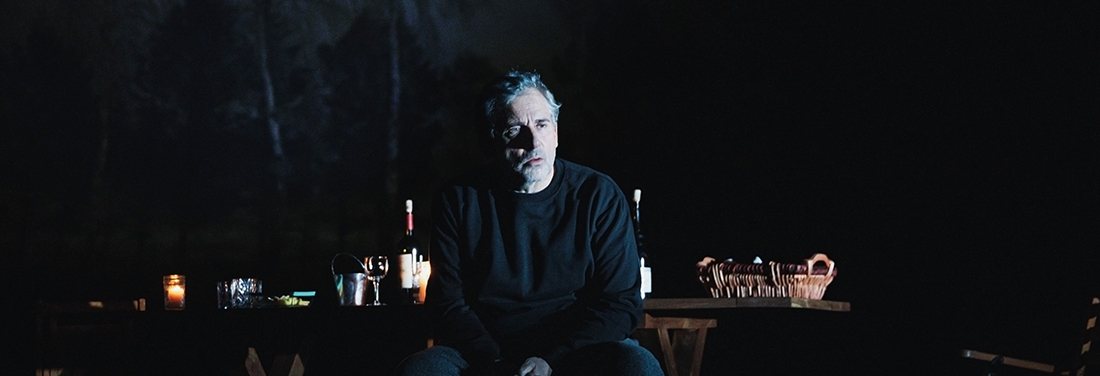
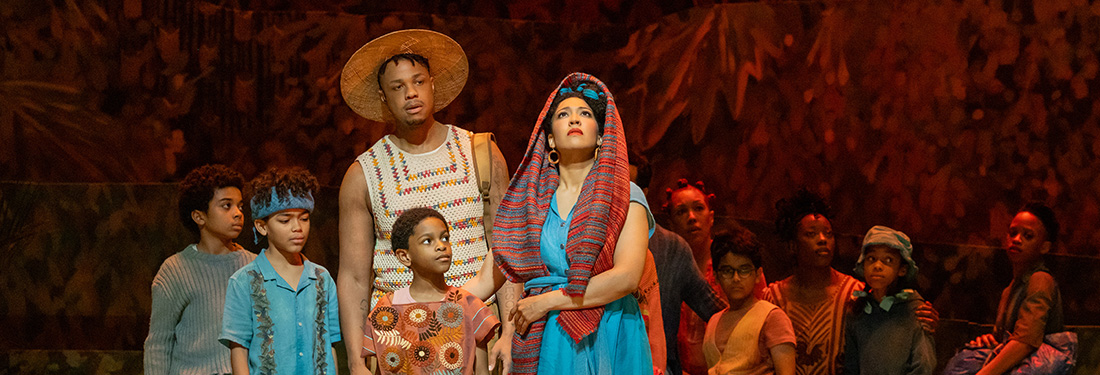





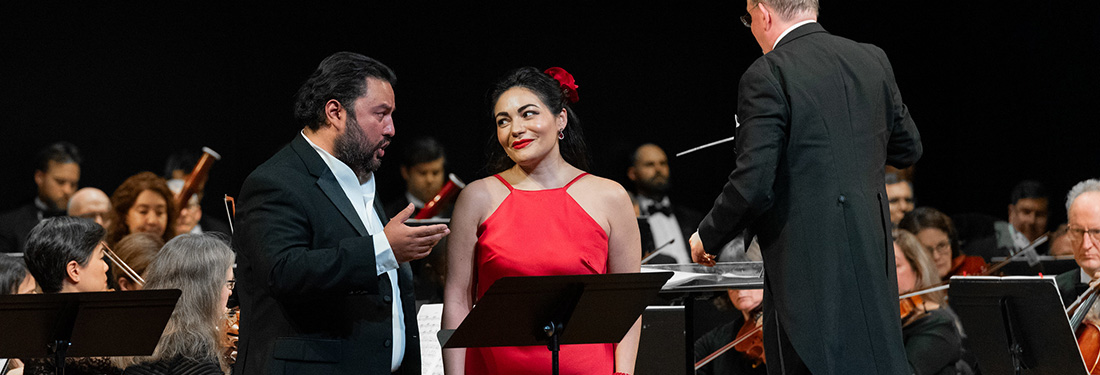
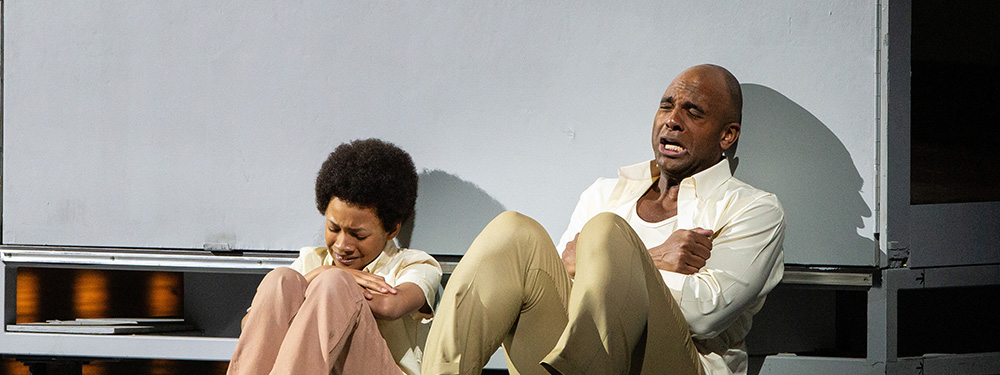
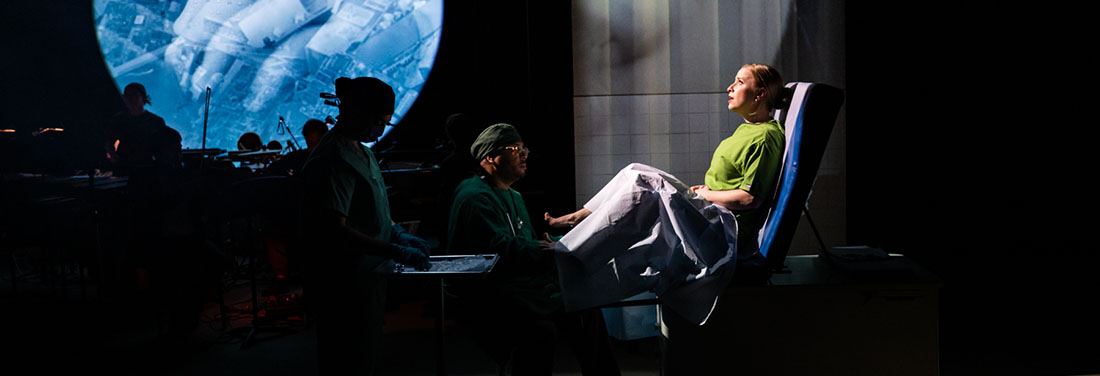
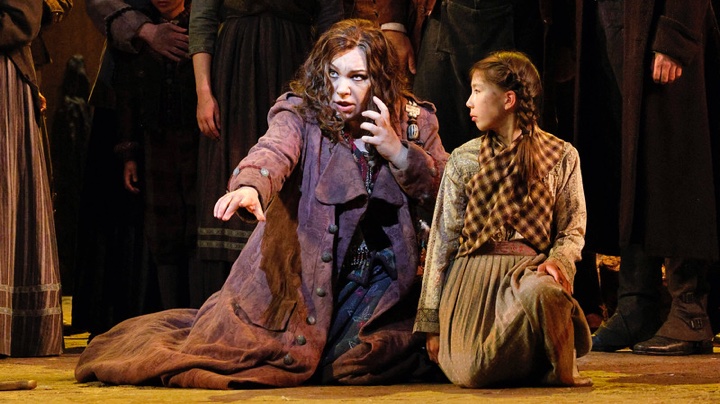
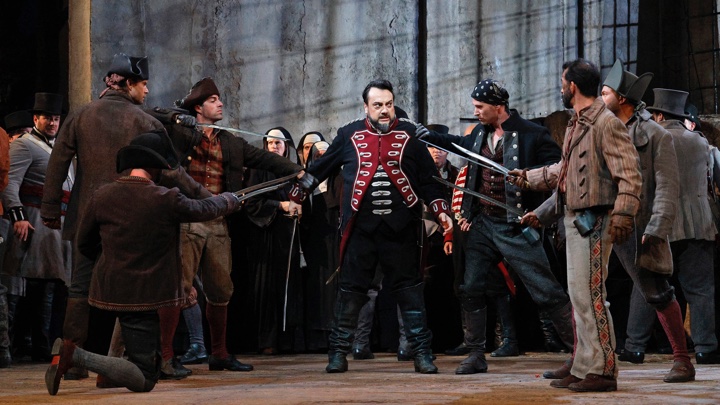
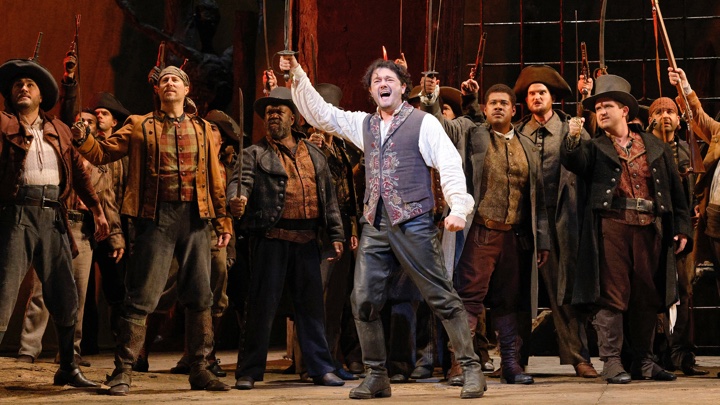
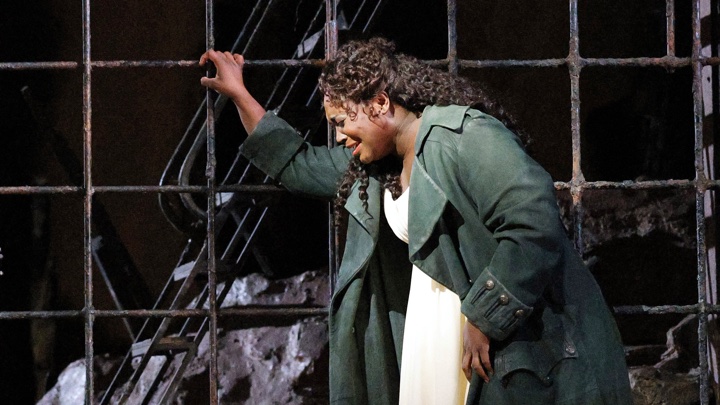

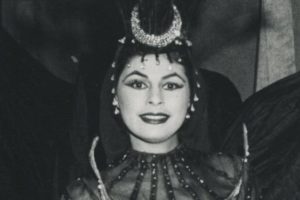


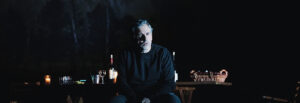




Comments